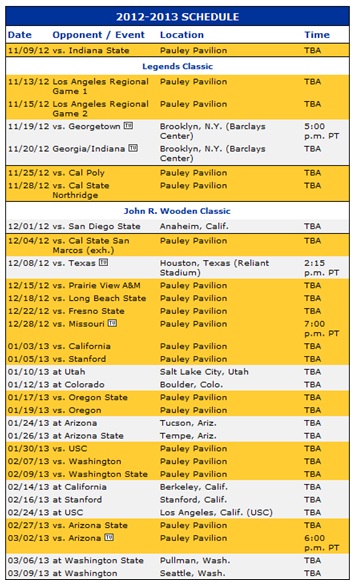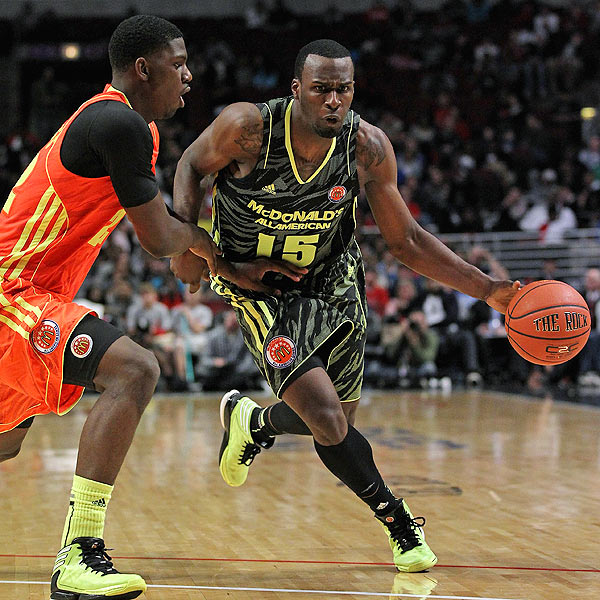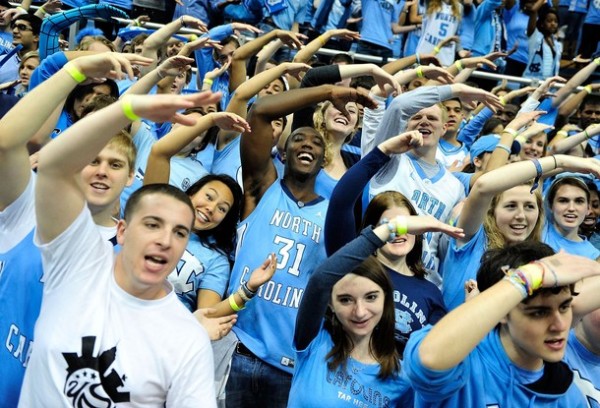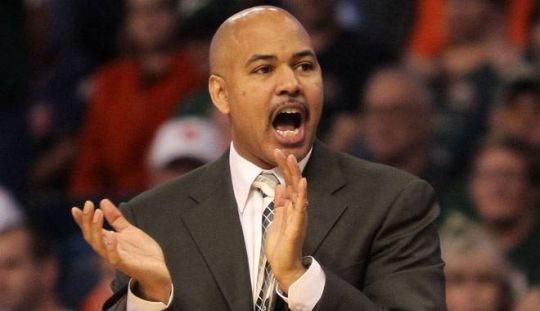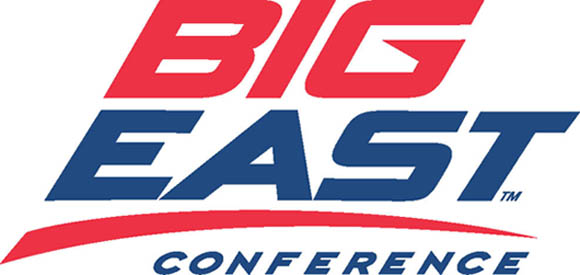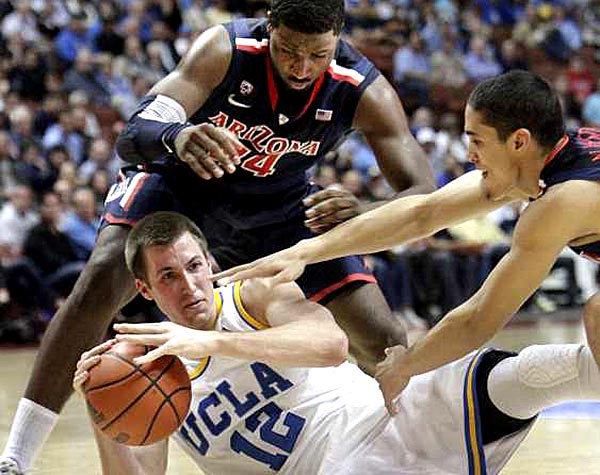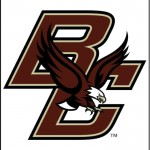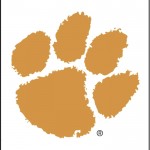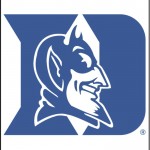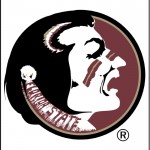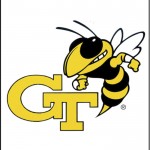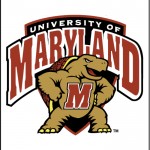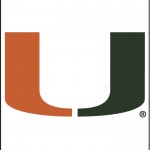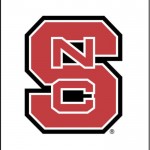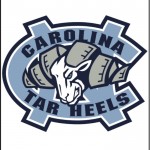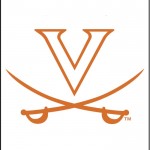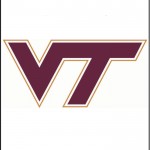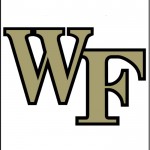UCLA Week’s Burning Question: Will The Real Ben Howland Please Stand Up?
Posted by AMurawa on August 16th, 2012Each week this summer, we’re trying to ask the single biggest question about the program we’re profiling. And, as has become routine, we’ve got Adam Butler of Pachoops.com along to help us answer those questions. Without further ado, here’s the burning question facing the UCLA program this summer.
After rebuilding UCLA from the depths of the final season of the Steve Lavin era, head coach Ben Howland went 123-26 over the course of four seasons with three straight Final Four appearances mixed in there. But, over the last three years, UCLA has compiled a 56-43 record and twice missed the NCAA Tournament, results that are simply unacceptable to UCLA alumni. Which set of results are more indicative of Howland’s ability as a head coach and what does he need to do not only this season, but over the next few seasons, to regain the trust of Bruin fans?
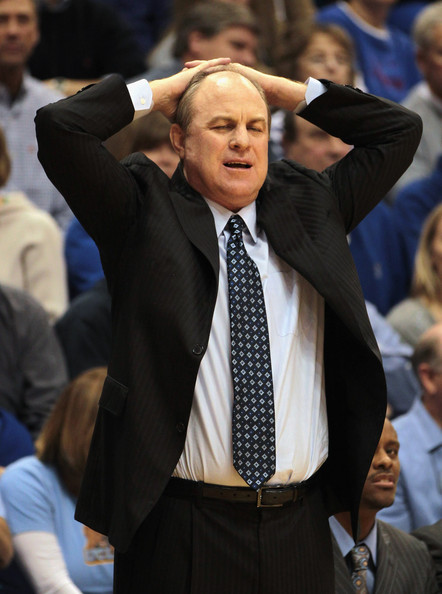
Ben Howland’s Teams Have Been Both Sky High and Down In The Dumps At UCLA; 2012-13 Will Be An Important Tipping Point (Jamie Squire, Getty Images)
Adam Butler: With something to prove, Howland rolled into three straight Final Fours and was absolutely on fire. Then he hit cruise control, misevaluating talent and neglecting to build to his program. So which of these two samples indicates Howland’s abilities as a coach? I fortunately think it’s the former during which he built the program back into a national force. But the latter is still on his record and so I think it begs another question: Is Howland a torch bearer? When he was rebuilding the Bruins he was still chasing Arizona (among others) as the conference elite. But as things fell apart in Tucson and the conference was up for grabs – ripe for the blueblood Bruins to regain West Coast supremacy – things again turned sour. I think it’s easy to play catch-up. Waiting in the wake of the more powerful runners before bolting ahead, using conserved energy to take what appears to be a hard earned lead. But as the race drags on, true colors will show. Sean Miller has come in and made a quick splash, Tad Boyle and Dana Altman won’t soon let you tell them their programs are walkovers, LoRo’s going to have draft picks, Johnny Dawkins has stockpiled some talent in Palo Alto, and KO’s ragtag and nursed-back-to-health group certainly doesn’t like UCLA. I believe Howland now sees the tide changing and is shifting back into gear, hiring Korey McCray and quickly acquiring the nation’s top recruiting class. So is he catching up again or will he lead the Pac? Either way, he’s proven he can win and that earns him some significant clout. But this is UCLA and UCLA doesn’t chase. They lead. He’s got them poised to do that once again, but he may very well be on a short leash getting shorter as the NCAA investigates Shabazz Muhammad – a burning question for another time.





























